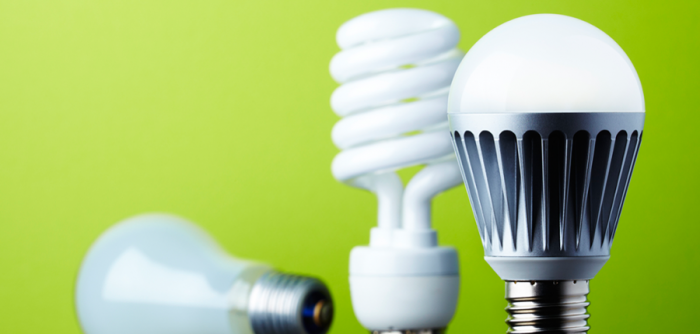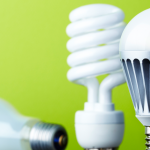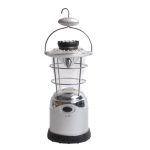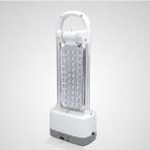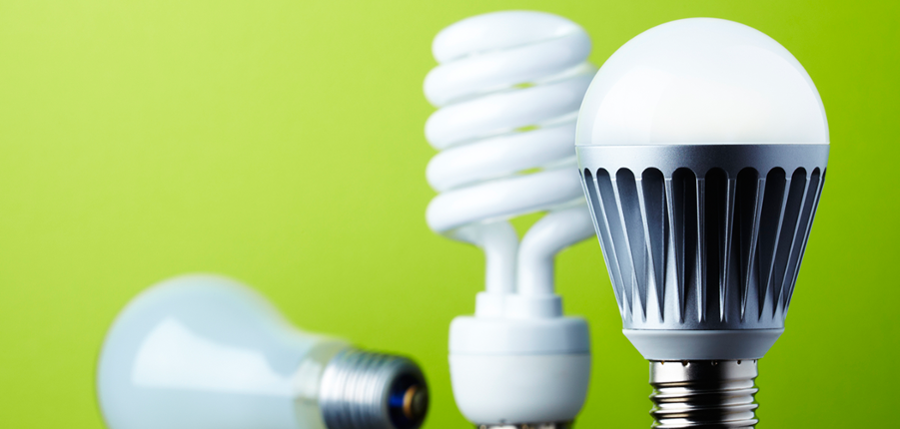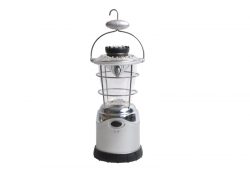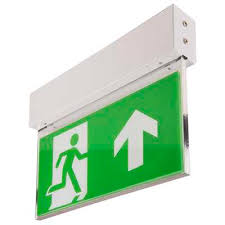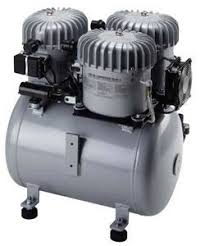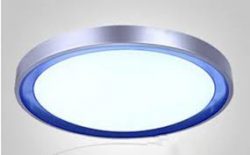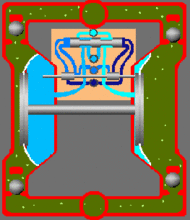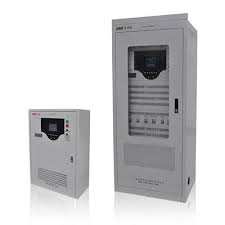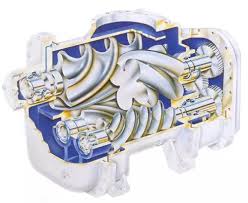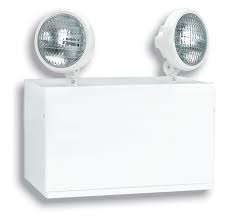Linsheng – Control Led Lighting: 5 Different Methods
LED lights are a good way to save energy costs. The Linsheng LED team has many different ways to help you maximize your energy savings. Adding lighting controls is one way to ensure that the LEDs are turned on only when needed.
1.Time switch
The timer illuminates indoors and outdoors based on your determined time. In the home app, if you don’t want to stay away from home, you may need to turn the lights on and off automatically. In the enterprise, you can use a timer in the parking lot to ensure safety.
2. Dimming switch
The dimmers are all about controlling the brightness of the LED bulb. The dimmer controls the amount of energy received by the bulb. Controls how much light (or lumens) the bulb receives by controlling the amount of light it receives. If you want to control the atmosphere and color of the room, then you are looking for a dimmer.
The dimmer allows you to adjust the lighting for any activity in progress. Some dimmers have timers that can control your lighting in a planned manner according to your needs.
Dimmers are available in a variety of sizes. They can be small enough to fit your home or large enough to control theatrical lighting. The digital control system controls the larger dimmer. The new dimmer can also be connected to smart technology so you can control the lighting from any smart device.
The dimmer must be compatible with the LED luminaire.
3. Motion sensor and photoelectric sensor
A motion sensor is a way to provide illumination when motion is sensed. They are especially suitable for safety and security purposes. The motion sensor provides illumination only when needed and will turn off the illumination when it is not present.
Motion sensors are often used with photosensors to detect sunlight in a room. When the room is naturally lit, the light is off. When the room is dim, the light will illuminate. In combination with the motion sensor, the light will only illuminate when someone enters the room at night.
4. Occupancy sensor
The occupancy sensor can determine when someone is entering the room. If no movement is detected, the light will go out. Occupancy sensors reduce lighting energy consumption by 45%.
The occupancy sensor uses infrared and ultrasonic sensors. An infrared sensor detects heat and motion, while an ultrasonic sensor detects sound. Occupancy sensors are ideal for low-use areas such as stairwells, hallways, bathrooms, and laundry rooms. You may have noticed them as you stroll into the frozen food area of the grocery store. Lighting will appear when you walk by. When no one is present, the project will be lit for you to view and close.
5. Vacancy sensor
A vacancy sensor is like taking up a sensor. The only difference is that the vacancy sensor automatically turns off the lights if someone enters the room. Once motion is not detected, the vacancy sensor will turn off the light. The beauty of the vacancy sensor is that the light illuminates only when needed, and the sensor will turn off the lights whenever the room is not in use.
https://www.linsheng.com
